Thai ingredients for home cooking may be new to you so let's take a culinary adventure, this is what you need to know. You only need half of these ingredients but once you've heard of them you'll be ready to explore the fresh flavours of Thai cuisine in your own kitchen.
I often say that Thai cuisine is a gift to the gluten free community with so many naturally gluten free dishes.
The Key Flavours of Thai Cuisine
Thai cooking is all about the balance. Each dish strives to achieve the perfect balance between the four key flavours; salty, spicy, sour and sweet. Dishes incorporate two, three or all four of these flavours using various ingredients.
- Salty comes from fish sauce or shrimp paste
- Spicy or hot can come from chiles and curry pastes
- Sour comes from lime, lemongrass or tamarind
- Sweet is from the use of palm sugar and fruits
The unique combination of these ingredients creates a harmonious layering of flavour upon flavour called rot chart, the heart and soul of Thai cuisine.
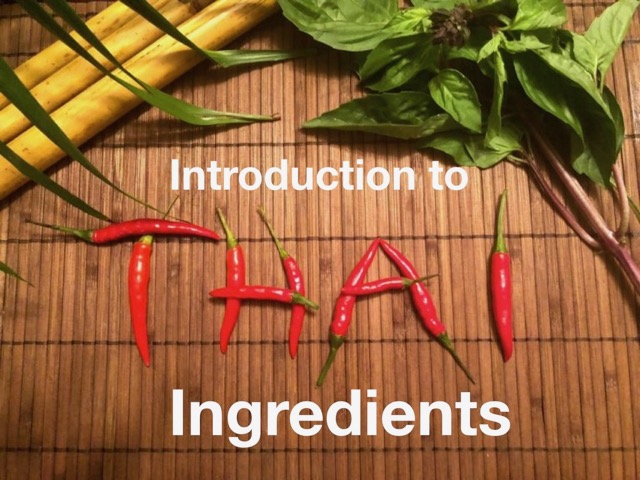
Common Thai Ingredients
This is not a complete list of Thai ingredients but it's more than you need to get started. Thai cuisine is a gift to gluten free cooks since so many dishes are naturally gluten free. Simply knowing what to keep in your pantry and what is best bought fresh will have you on your way to enjoying the wonderful flavours of Thailand.
Cilantro
Fresh cilantro is readily available and is the preferred choice. Thai cooks use both the stems and leaves of the cilantro so nothing goes to waste. Some people dislike the taste of cilantro and the best advice for them is to keep trying it. Many people say they learned to like it so I hope you can too. I would avoid dried cilantro in spice bottles.
Coconut Milk
Considered the milk of Southeast Asia, coconut milk is indispensable in most Asian cuisines. Made by steeping grated coconut in warm water then straining it through cheesecloth, coconut milk is not the same as coconut water.
Both the milk and water are sold in cans and the prices are often less expensive in Chinese and Asian markets.
Shake coconut milk well before opening then give it a quick stir, especially if you're not using the whole can.
Check out this post, Gluten Free Coconut Milk to learn more about the fat content and how to use it as a non-dairy substitute for whipping cream.
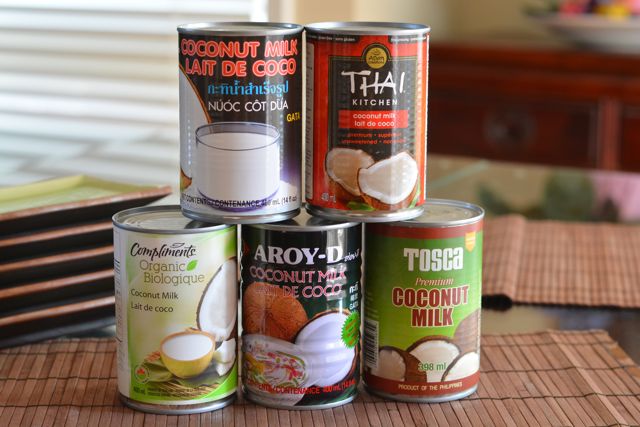

Fish Sauce
Called nam pla in Thai and nuoc mam in Vietnamese, fish sauce is the ubiquitous condiment used in almost every dish, much like soy sauce is used in Chinese cuisine. Completely natural, it is the clear, amber-coloured liquor that runs off when small fish are packed in wooden barrels with salt and fermented for a few months. Some brands are saltier than others so create the habit of tasting your food and adjust accordingly. Although it should be gluten free people have found brands with added wheat so be sure to read the label. Fish sauce keeps indefinitely in the cupboard and Squid brand is the fish sauce I buy.
Is There a Vegan Fish Sauce Substitute?
Yes, this recipe for a vegan Fish Sauce Substitute is made with dried mushrooms. It's prefect for anyone allergic to fish or on a vegan diet allowing everyone to enjoy Thai cuisine.
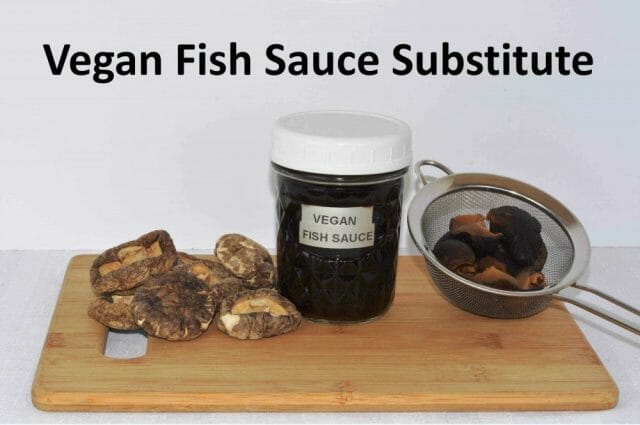
Galangal
Also called laos root, galangal is botanically part of the ginger family. Fresh galangal has a mustard-like, piney taste and is much hotter than ginger. It can be difficult to find fresh but is available frozen (whole, like a piece of ginger root) and dried (in slices). I prefer frozen over dried but substitute ginger if you can’t find galangal or don't want to buy it.
Lemongrass
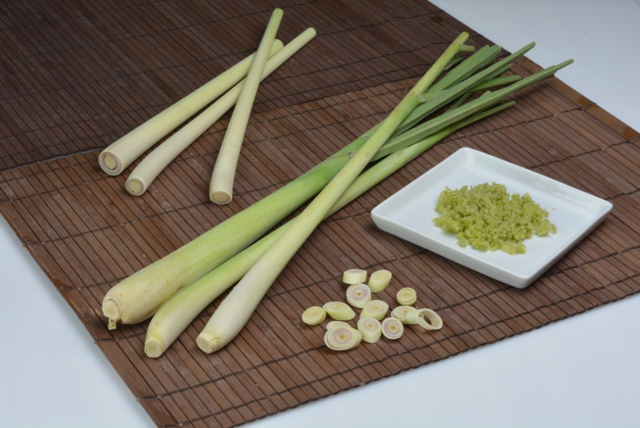
Lemongrass grows in long stalks that look like gray-green, woody scallions. The bulb-like base of the stalk is used, sliced or coarsely shredded, in recipes from south Asian. Although it is fairly easy to find fresh lemongrass I buy chopped frozen lemongrass for convenience. If I buy fresh for a dinner party I also freeze any leftover stalks. I would not recommend the tough, dried lemongrass pieces or lemongrass powder, both found in the spice section. For more on this ingredient check out this post, How To Use Lemongrass.
Shrimp Paste
Called kapi in Thai, shrimp paste is a pungent smelling paste made from fermented shrimp. Like fish sauce it is an essential contributor to the unusual flavours of Thai cuisine but I've noticed I don't use it very often. That means there are loads of wonderful Thai recipes without it. If you find a recipe you want to try, I buy shrimp paste in a jar at the Asian grocery store. Refrigerate after opening.
Tamarind
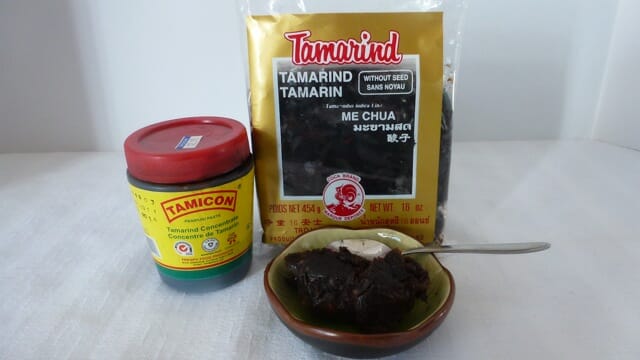
This fruit has an unusual sour flavour that lends a unique taste to both sweets and curries. The seeds from the tamarind pod are typically made into concentrate or paste.
Labelled simply as tamarind or tamarind paste, they are packed like cooking dates. They may be fairly soft but still contain some fibres and seeds. To use the packaged tamarind pour boiling water over the pulp (2 parts water to 1 part pulp) and let sit for five minutes. Stir and force it through a sieve to get the thick paste that can be used in recipes. This job is a bit tedious but you can make lots and freeze it in small amounts for future use.
The tamarind concentrate is much easier to use and my preferred choice. Simply spoon out 1 part concentrate and add 2 parts water. Stir and use in any recipe calling for tamarind. Once mixed this would be used in the same quantity as the paste or pulp described above.
Thai Basil
Fresh Thai basil is distinctively different from European basil so should not be substituted. Thai basil comes in many varieties but I only see it labeled Thai basil. It is so heavenly that when I see it, I buy it, and use it in salad rolls or a noodle bowl. There is no substitute for Thai basil but adding fresh cilantro in cooked dishes or fresh mint in salads will still give you a more authentic Thai taste compared to European basil.
In the spring several varieties of Thai basil can be found at garden centres so I buy a plant or two to go in a big herb pot on my patio.
Thai Chiles
Also called bird chiles these are small and fiery hot so you should wear gloves when seeding and chopping them (good advice that I rarely follow). I buy them fresh but the package always contains more than I want so I freeze them and use them right out of the freezer. If you can’t find Thai chiles either jalapeno or serrano chiles make a good substitute. Some Thai cookbooks suggest using four times the amount to get the same intensity of heat but I’d cautiously recommend starting with an equal amount (1 jalapeno = 1 bird chile) and adjust from there.
Let me know in the comments below if this Introduction to Thai Ingredients inspired you to try a new Thai dish or if you had trouble finding any of the ingredients gluten free.
Thai Recipes and a Dinner Club Menu
When planning a menu for a crowd Thai cooks simply add more dishes rather than making larger amounts of a few dishes. This strategy increases the possibilities for more unique flavour combinations.
In Thailand diners like to combine dishes and condiments on their own plate to achieve the desired balance of flavours. Host a Thai dinner and it's sure to be a tantalizing feast.
- Shrimp Pad Thai
- Thai Spicy Shrimp Soup
- Yellow Chicken Curry
- Cucumber Carrot Salad
- Thai Jasmine Coconut Rice
- Dairy Free Coconut Ice Cream
- Pork and Vegetable Curry
- Pork and Shrimp on Lemongrass Skewers
- Thai Mussels in Coconut Curry Sauce
- Spicy Thai Meatballs in Lettuce Cups
- Dinner Club: A Thai Menu

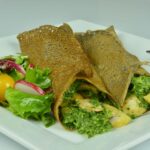

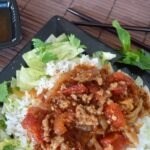


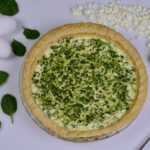
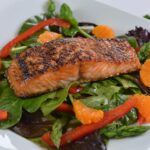


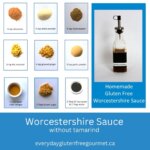
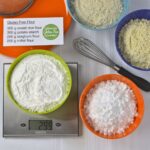

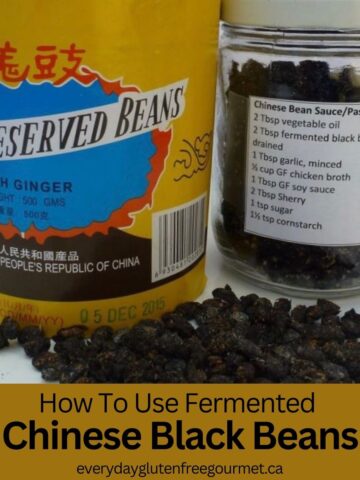
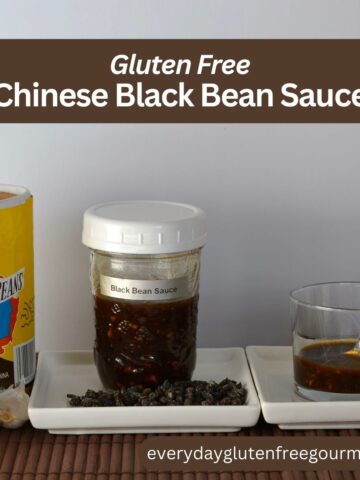
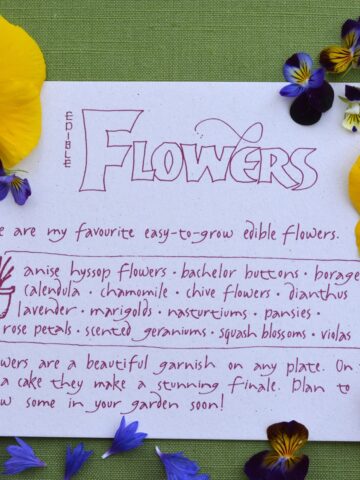
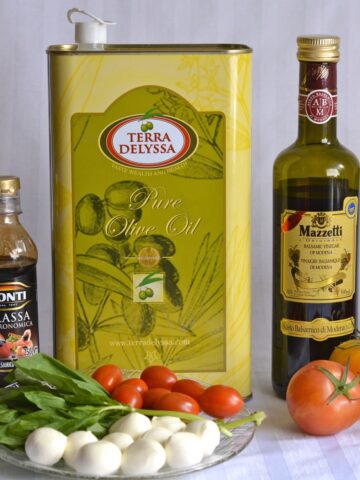
Leave a Reply